Why is Champagne the way it is? What makes it so special? What is the Champagne method of production? I was about to cover that and more in my seventh WSET course exploring Champagne.
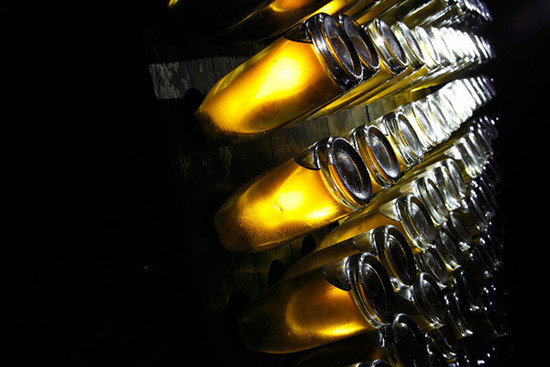
Actual Champagne (as opposed to other sparkling wines) is subject to some of the most rigorous production regulations in the wine world. What intrigues me is that these rules aren’t arbitrary. Much of what we see, taste and drink in a quality bottle of bubbly is a by-product of the geology, physics and history that went into making Champagne in the first place.
The Champagne Method (Traditional Method)
Champagne must be made from any combination of three specific grapes grown in the Champagne region: Pinot Noir, Pinot Meunier and Chardonnay. Two of these are red, yet Champagne is usually pale lemon in color. ‘Champagne grapes must be harvested by hand,’ says our instructor May Matta-Aliah, ‘and they use the most gentle presses you can imagine so there is almost no skin contact which would add color.’
Champagne is made within a very tightly defined region of northern France. ‘This is the northern-most growing region in France,’ says Matta-Aliah, ‘it’s very cold and the grapes barely ripen’. This gives the grapes high acidity. The region is also known for chalky soils, impacting drainage and may contribute a specific minerality to the wine.
Champagne goes through two fermentations: the primary turns the grape juice into wine, the secondary, created by adding more juice/sugar and yeast and conducted in the bottle, traps carbon dioxide to get the bubbles. Because the second fermentation creates more alcohol and the base wine can only be so strong, the first fermentation is a fairly low-alcohol, high-acid wine.
After the secondary fermentation, Champagne is aged “sur lat” (on its side) for a legal minimum of 12 months, with the now spent yeast cells and waste still in the bottle as it ages contributing to the complex flavor profile.
The evolution of the Champagne creation process we know today led to many innovations: thicker bottles and specialised corks to hold the pressurised contents; “Riddling,” which involves turning uptilted bottles very slowly to move all that dead yeast (sediment) to the bottom; “Disgorgement” which involves a rapid freezing of the sediment, popping the cap and letting them blast out of the bottle. “Dosage,” an addition of sugar and “reserve wine” to top off the bottle and regulate its sweetness. Even the deep punt at the bottom of the bottle, according to Matta-Aliah, was added to create a place for sediment to settle (before the Disgorgement technique was developed), making it easier to decant cleanly.
What I drew from of all this is that, even if one follows the production process exactly (and many do—when it’s made in France but outside Champagne, the wine is called a “Cremant,” outside France, it’s sparkling wine made in the “Traditional Method”), you’re never going to replicate exactly the look, feel, smell and taste of true Champagne. No wonder the Champagne houses are so proud of their accomplishments!
All rights reserved by Future plc. No part of this publication may be reproduced, distributed or transmitted in any form or by any means without the prior written permission of Decanter.
Only Official Media Partners (see About us) of DecanterChina.com may republish part of the content from the site without prior permission under strict Terms & Conditions. Contact china@decanter.com to learn about how to become an Official Media Partner of DecanterChina.com.

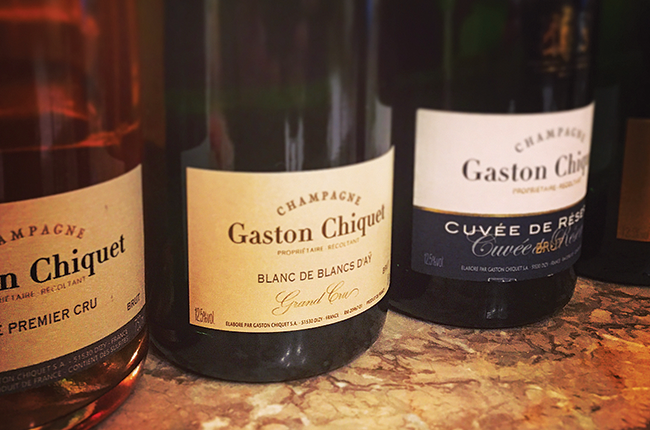
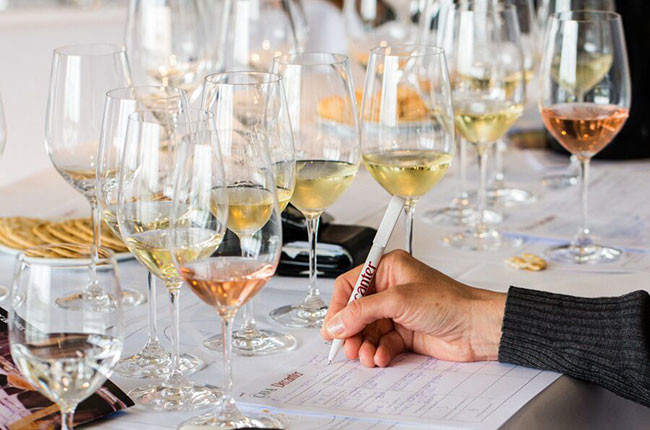
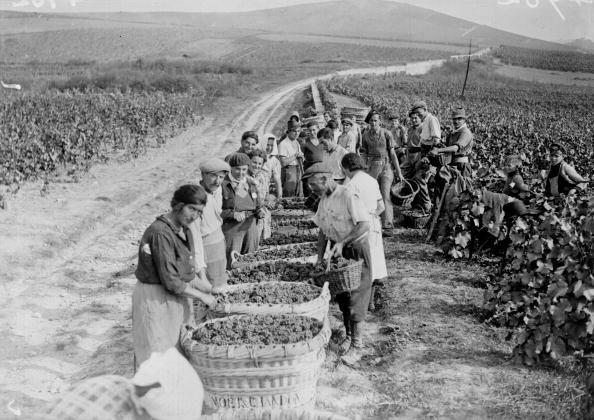
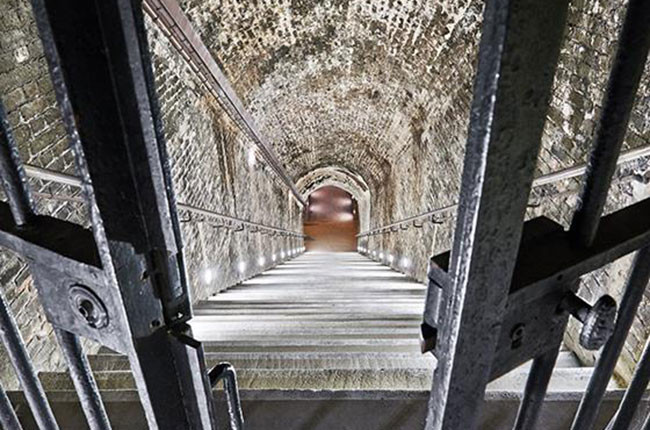
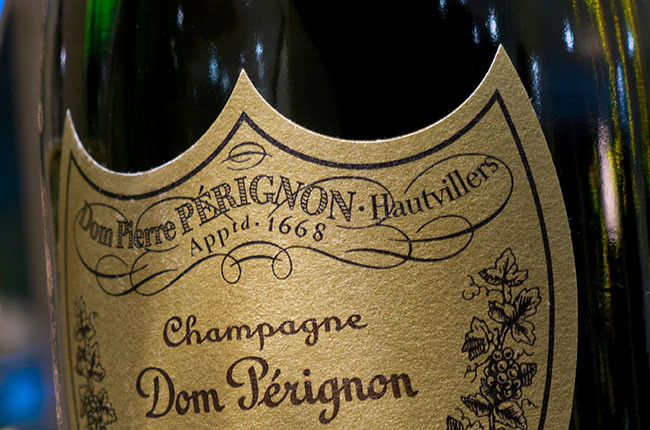
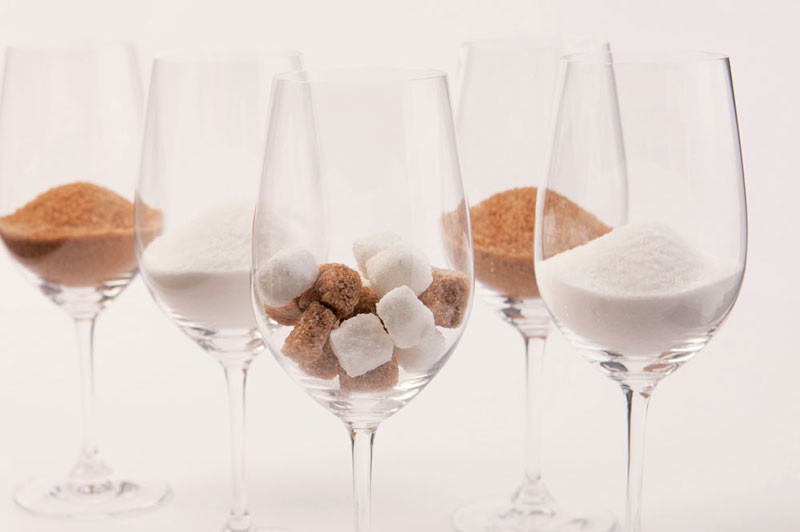
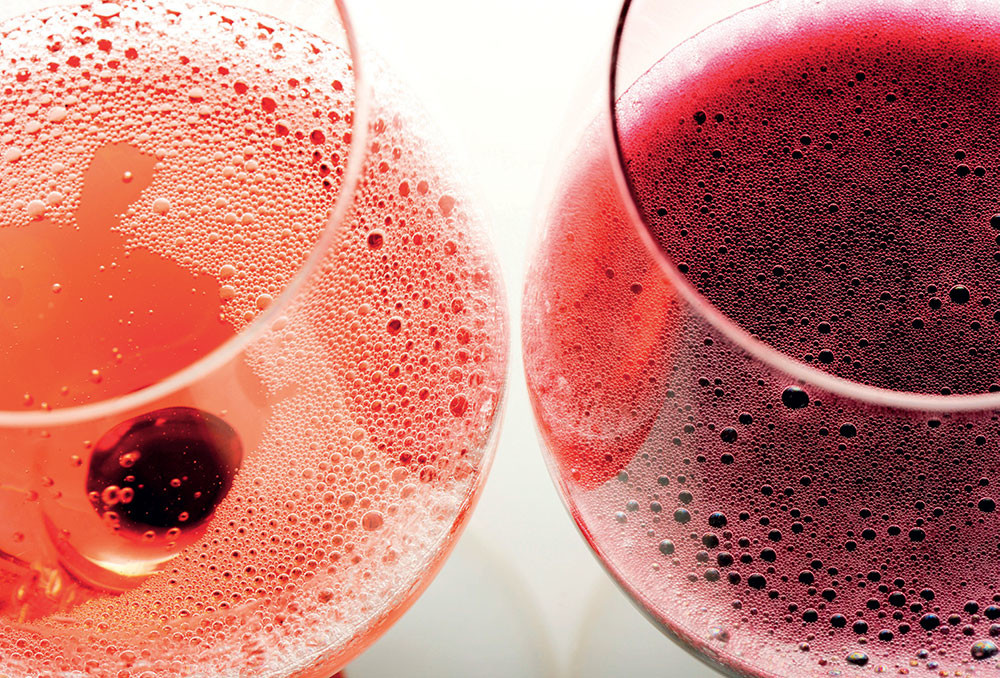
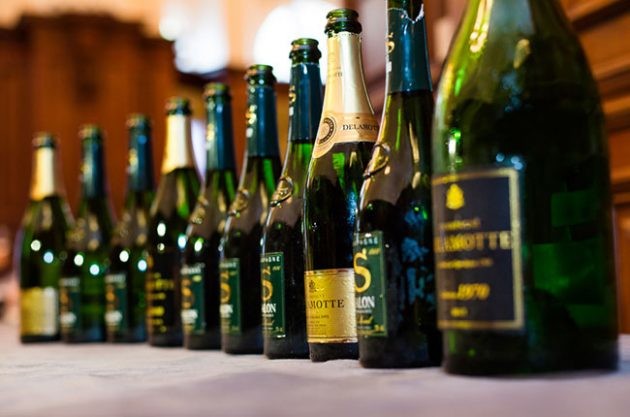
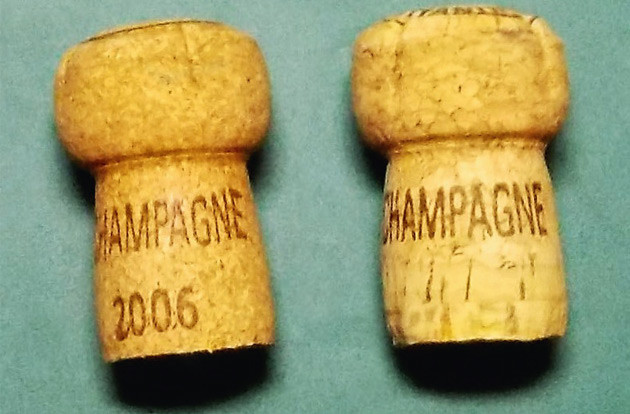
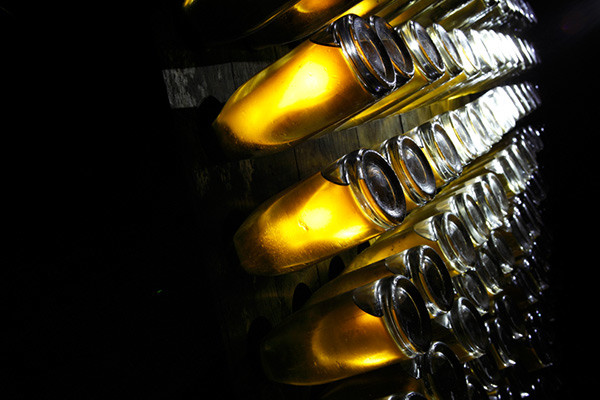
Comments
Submit